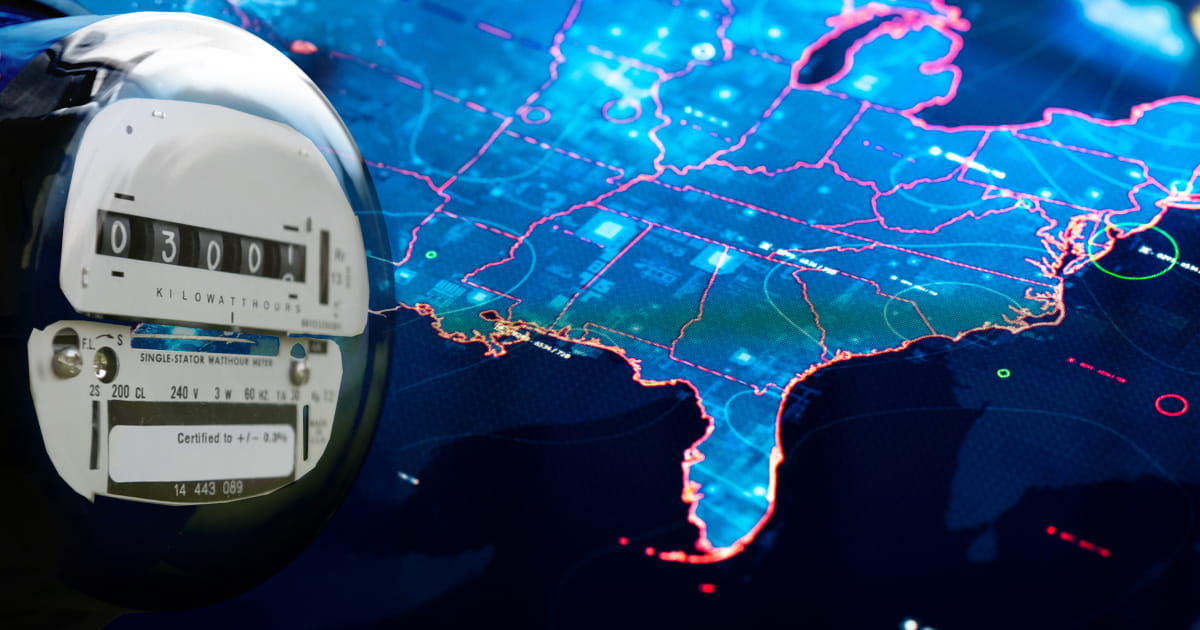
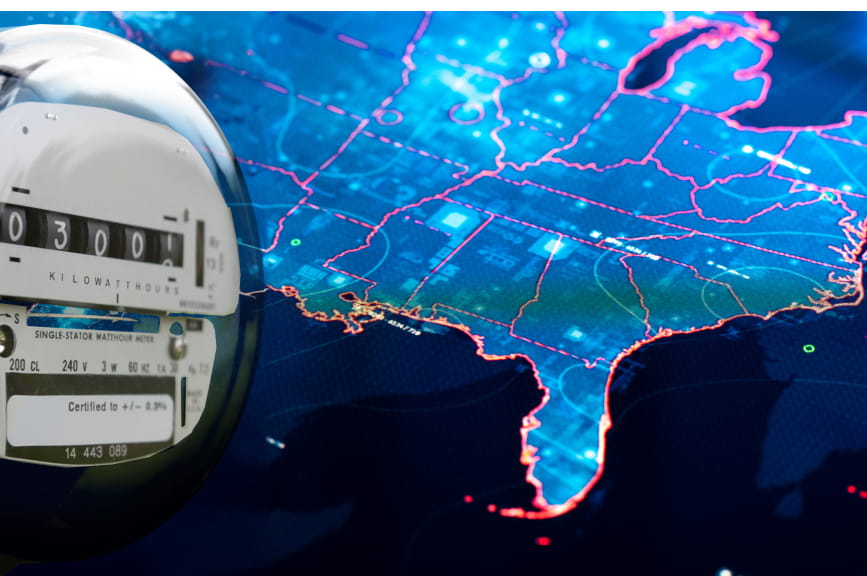
The early 1980s were known for big hair, the first space shuttle launch, and the birth of net metering. While fashion trends have come and gone, and blasting into space is now a form of billionaire entertainment, net metering has withstood the test of time — and remains a hot topic some 40 years later.
Minnesota passed the first net metering law in 1983, allowing customers with solar panels to not only use the energy their system generated, but to receive a credit at the applicable retail rate on their energy bill for any excess solar sent to the grid.
Net Metering Has Sparked Widespread Solar Adoption
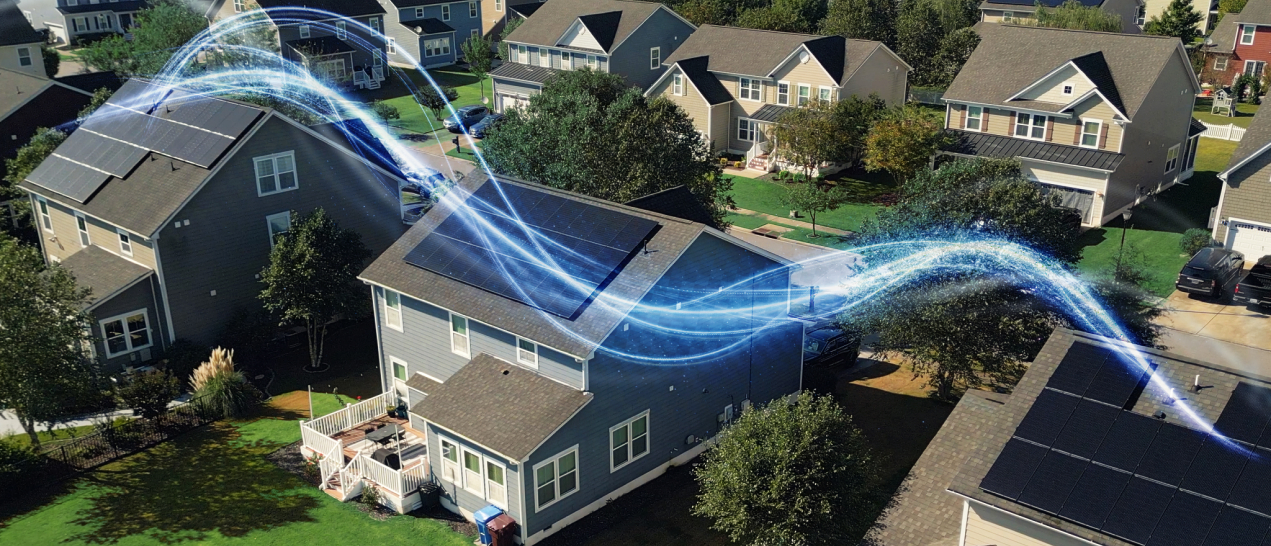
Today, net metering is one of the most successful solar incentives in America. With policies in more than 40 states and U.S. territories, net metering has driven the expansion of residential solar by enabling homeowners to cut down on their energy costs even further to make their home solar system worth the investment.
In fact, net metering policies helped the U.S. achieve more than 5 million residential solar installations by 2024 — a figure that industry leaders expect to double by 2030.
Net Energy Metering Actually Helps Stabilize the Grid
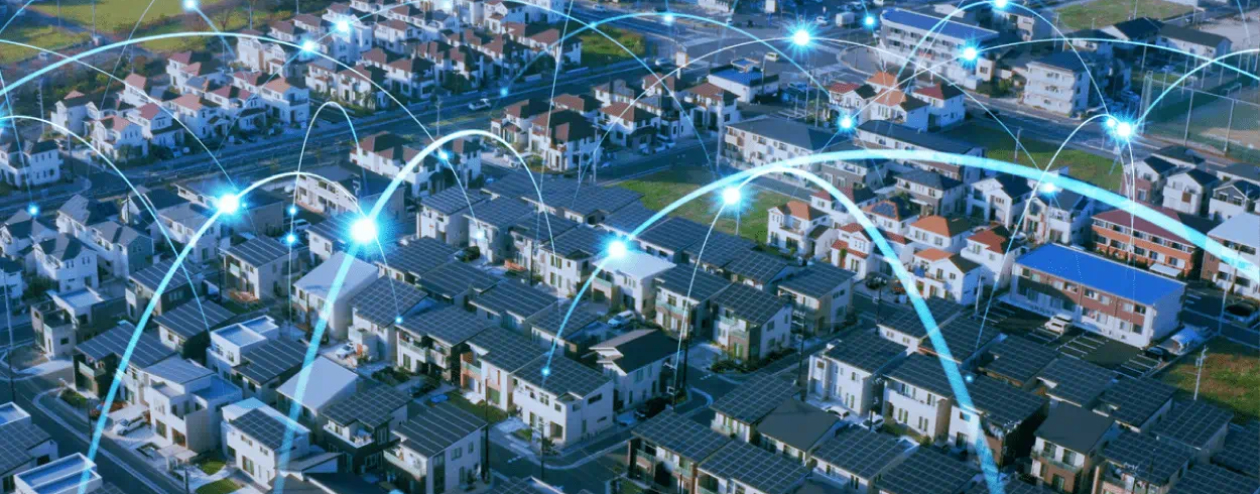
Aside from lowering a household’s electricity costs, net metering helps reduce strain on the power grid while making more clean energy available to all.
Here’s how:
Rooftop solar is a form of distributed energy generation (DER), meaning a way of producing power at or near the point of use. When your home solar system feeds excess energy back to the grid, you make clean power available for all ratepayers.
Distributed systems are often connected to a utility’s lower-voltage distribution lines. With less distance to travel, DER systems reduce (and often eliminate) the energy lost on long transmission lines. The result is clean, reliable power for any household, which is particularly helpful during high-demand hours.
Some critics claim that DER systems like solar threaten to overwhelm the grid, arguing that traditional systems weren’t designed for two-way energy flows. That may have been the case years ago, on days when the grid was already vulnerable (think hot summer days and intense storms). But today, thanks to advances in technology and battery storage, the grid is better able to accommodate solar by doing things power plants can’t — like storing energy and economizing its use.
Why Net Metering is Under Attack
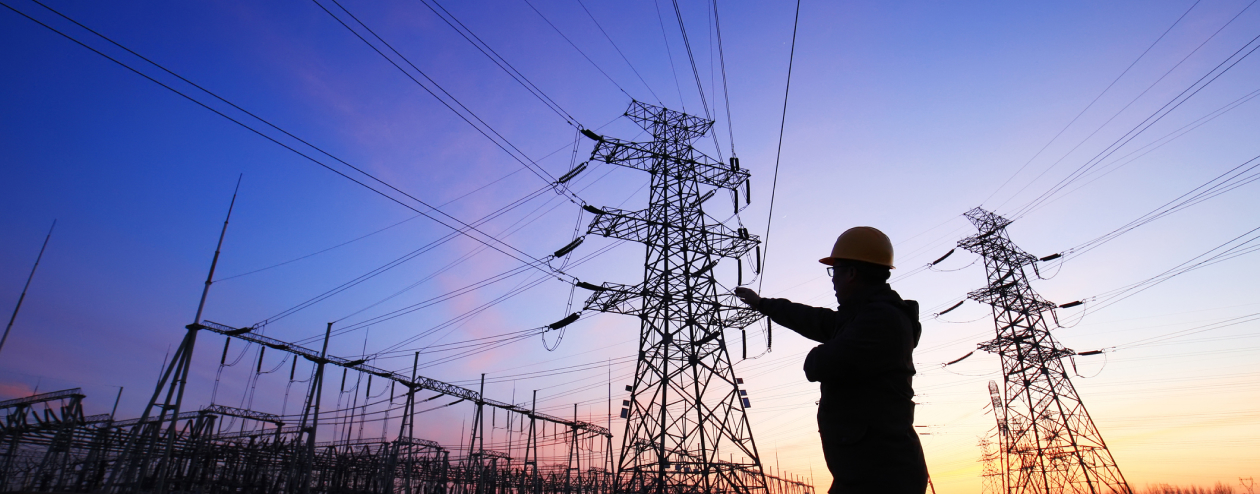
Despite its benefits, net metering presents challenges to the traditional utility model by changing the relationship between utilities and electricity customers. Through net metering, homeowners with solar both produce and consume energy (and they consume much less). The rise of this new “prosumer” gives Americans greater energy choices, sparking greater competition and innovation in the energy sector. It’s a win for everyone… except investor-owned utilities.
However, cost-benefit analyses conducted in different states consistently agree that the overall benefit to all utility customers outweighs the cost of net metering to large utility companies.
For instance, the Maine Public Utilities Commission conducted a study on the value of distributed solar and found that:
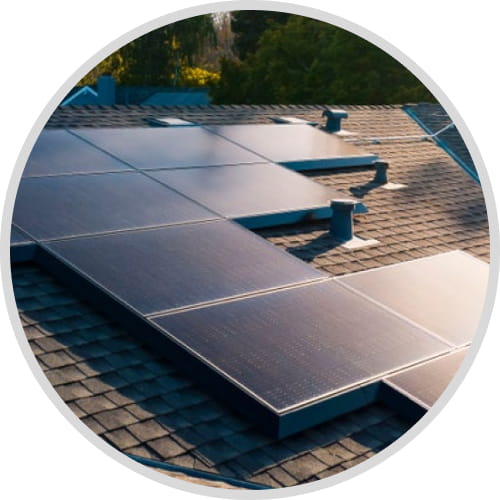
Solar energy provides a public benefit for all by lowering electricity prices due to displacing more expensive power sources. It also reduces air and climate pollution, decreases costs for the electric grid system, lowers the need to build more fossil-fuel power plants to meet peak demand, stabilizes prices, and promotes energy security. These avoided costs represent a net benefit for non-solar ratepayers.
But that doesn’t stop utility lobbyists from fighting this solar-friendly policy. After nearly two years of heated discussions, the California Public Utilities Commission (CPUC) enacted NEM 3.0, which favors big utilities. While the changes aim to modernize the grid, they do so at the expense of rooftop solar. California's new net billing model devalues exported solar power by 75%, threatening the value proposition of solar panels unless a battery is added or the system size is cut in half.
Here’s everything you need to know about NEM 3.0
On the other coast, Florida Light & Power, the biggest power company in America, continues pushing for policy change. In a win for the solar industry, Florida Gov. Ron DeSantis vetoed a bill that would have authorized public utilities like FL&P to impose additional charges on solar customers to recover allegedly lost revenue. But the fight isn't over.
No matter where you live, there may be a utility in your state that wants to gut net metering Remember, utilities make money from their assets: centralized power plants, substations, and miles-long transmission lines. They’re not making money off your rooftop solar system.
How to Protect Yourself Against Changes to Net Metering Policies

If you own your home and you’ve been considering rooftop solar, the time to act is now. The sooner you install a home solar system, the better your chance of being legacied into your current NEM policy.
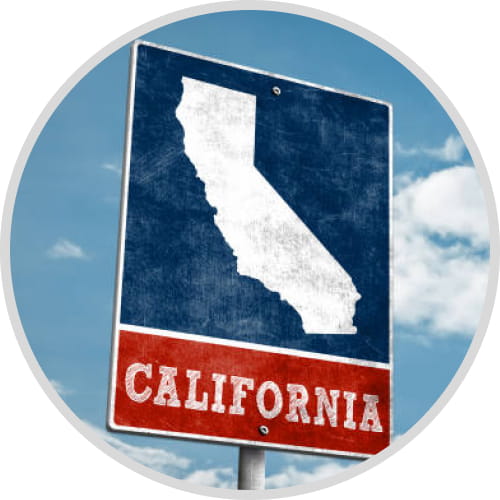
For instance, California homeowners who completed their interconnection application on a solar-only system before NEM 3.0 took effect could take advantage of NEM 2.0 rates for the next 20 years. Locking in this higher credit rate enables solar customers to enjoy more than twice the savings over that timeframe, compared to those who waited to start their projects under the new net billing structure.
If you don’t have a battery, you’re feeding energy to the grid during the day, and then drawing electricity back from the grid at night. By investing in solar plus battery storage, you can:
Store your solar generation for later use
Reduce your dependence on your utility
Minimize the impact of your local net metering policies
Enjoy backup power if the grid goes down*
If you already have solar panels without storage, you can retrofit your existing system to add a battery. At Sunnova, we can assess your needs and help you determine how many batteries you need to power your home.
Net metering changes are coming. Protect your home and your energy from lobbyists and legislators — and enjoy the freedom to live life uninterrupted®.
Discover how to make the sunshine work for you!